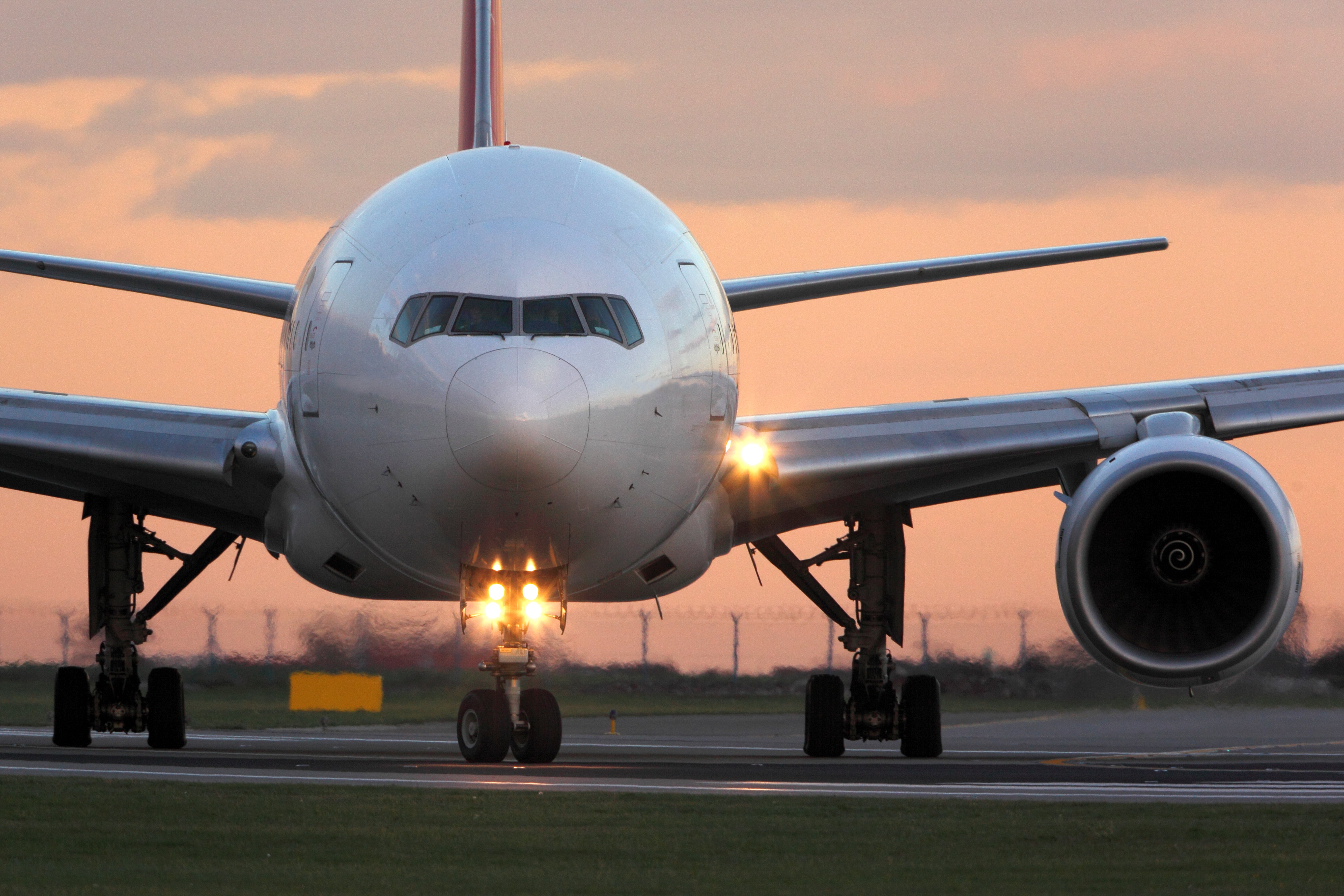
Between the inundation of news coverage that happens after a plane crash and fictional pop culture plane disaster depictions like the TV show Lost, it’s no wonder people across the globe worry about how safe it is to fly. Nevermind that there are myriad safety measures in place and that the odds of your plane crashing are one in 11 million. Thanks to the F.A.A. (the Federal Aviation Administration), safety measures are put in place and regularly updated to make sure every flight is as safe as possible. The F.A.A. is responsible for regulations on everything from air dispatcher certifications to airworthiness directives, which regulate the mechanical safety requirements for each aircraft. This includes every aircraft that takes to the skies, from the massive Airbus A380s used for many commercial flights all the way down to the little Cessnas and even ultralights.
Regulations for Flight Safety
In order to abide by federal flight safety regulations, odds are good that you will need to provide a range of safety measures and information if you take on passengers. Even if your airline is a single plane and your passengers cannot be counted on more than one hand, you’ll still need to abide by federal flight safety regulations in order to be legally compliant. This includes things like routine maintenance checks on every aircraft, examination and credentialing of every pilot and co-pilot, logging flights with the A.T.C. (Air Traffic Control), and so much more. The regulations will vary slightly to account for aircraft and use differences, but every regulation is in place to reduce potentially harmful factors and help make flying as safe as possible for everyone involved. This even includes passenger education to ensure they know how to react in the event of an emergency.
Flight Safety Information
In order to ensure your passengers know how to safely evacuate your aircraft in various emergency circumstances, you are required to have aircraft safety cards made and easily available for all of your passengers. Generally, this is a double-sided card that shows where the exits are, how to deploy any emergency exits or equipment, and how to safely use a life vest. Unfortunately, that little card is frequently handled and not generally replaced as often as it should be. If your aircraft safety card was not printed on quality material, it will quickly become foxed around the edges and, depending on how it was printed, the colors may dull or wear away. In the end, you’re left with the decision to replace your airplane safety cards frequently or continue using old, worn cards that are increasingly difficult for passengers to read.
Rip-Proof, Waterproof Paper Printing
Here at TerraSlate, we designed our waterproof paper to be as useful as it is 100% waterproof. Better still, our waterproof paper takes ink cleanly and stays colorfast, so even small details will show up clearly. And, the tear-proof nature of our paper helps it resist tearing better than other options out there. It repels grease, water, and pretty much all other liquids and solvents. All told, the qualities of our amazing waterproof paper make it a perfect option on which to print your aircraft safety cards. Our waterproof paper is designed to hold up against heavy wear and tear. We even put it through a commercial dishwasher to test the durability and colorfastness, and were pretty darn pleased with the results! Because it prints like printer paper, we can offer aircraft safety card printing at a fraction of the cost and provide longer-lasting results.
Are you ready to experience the difference for yourself? Contact the TerraSlate team to get started today!







